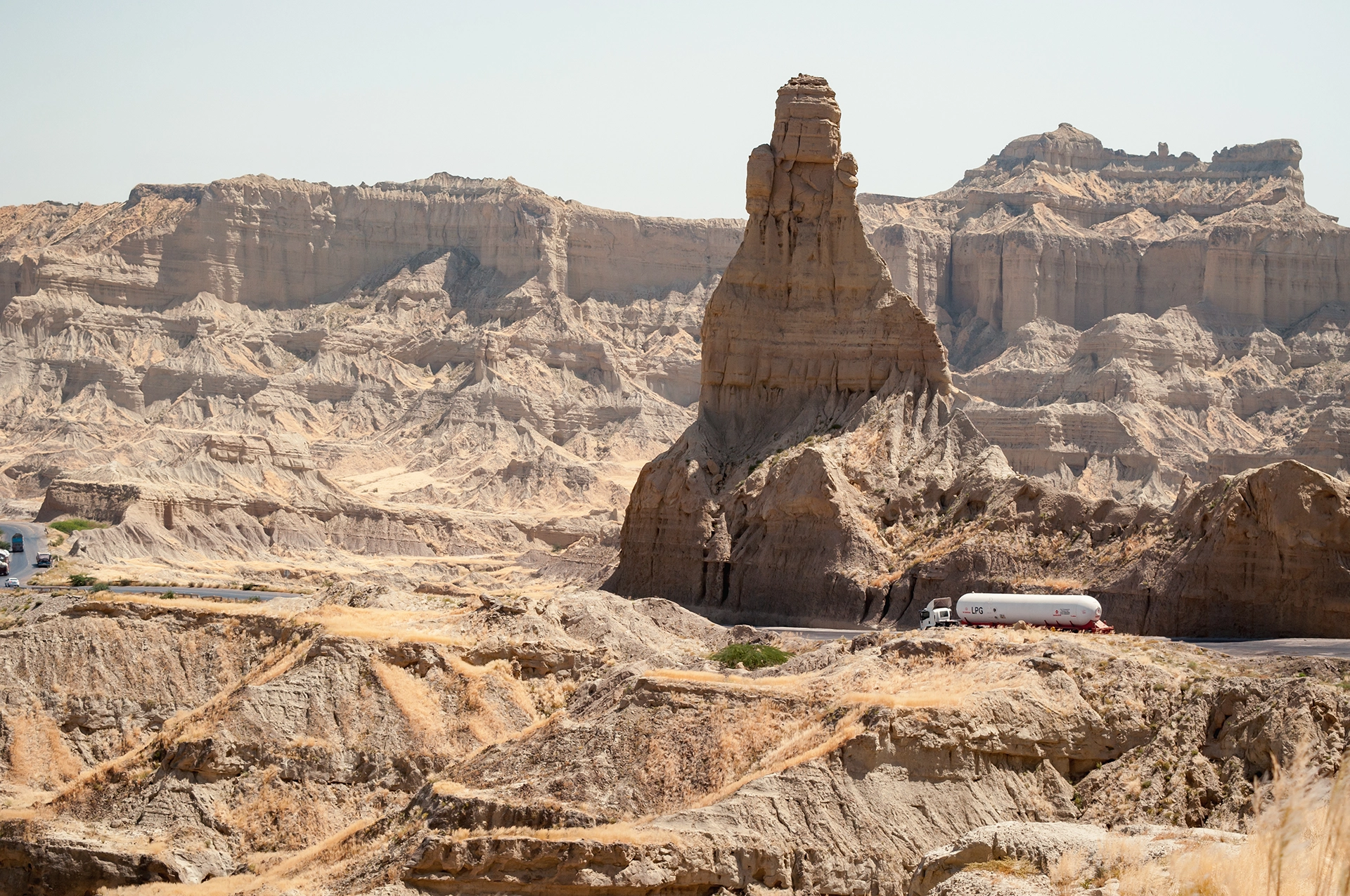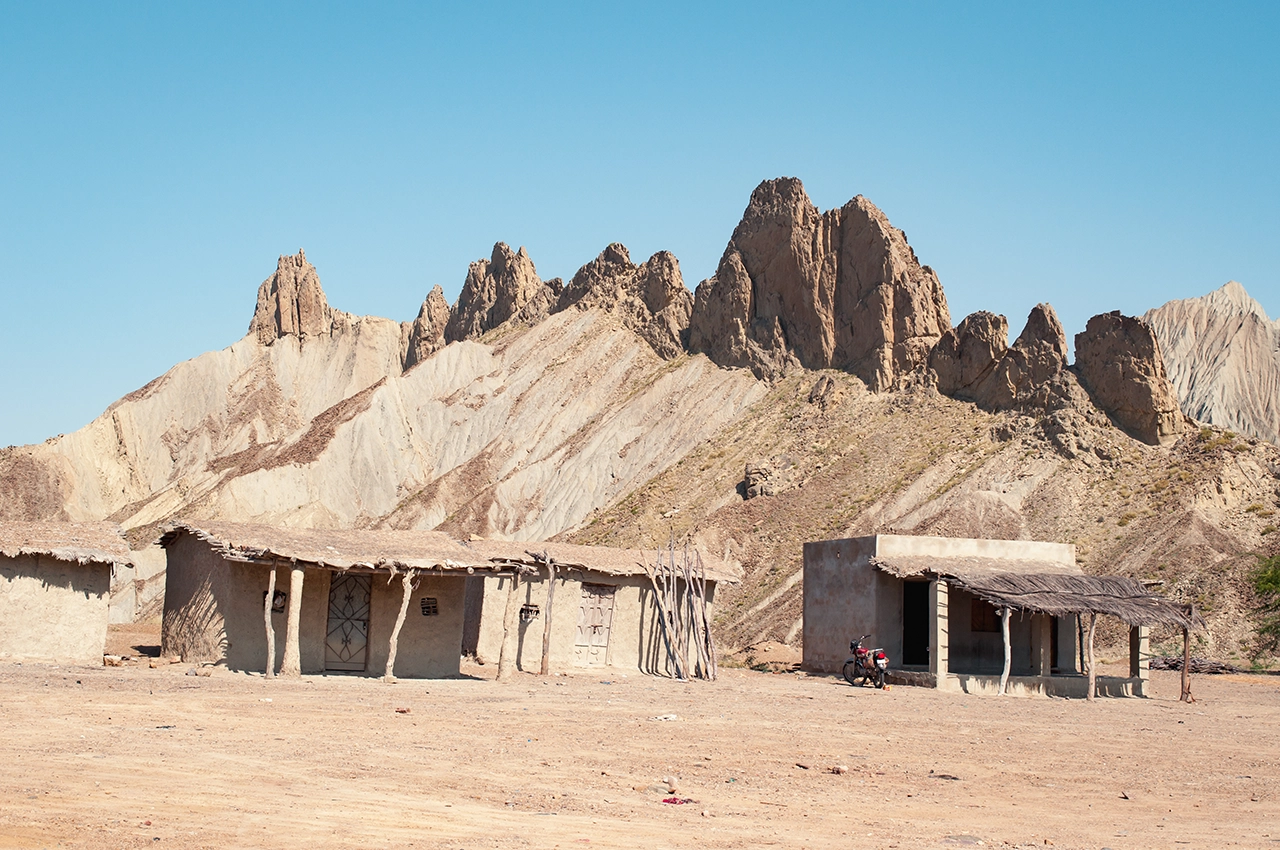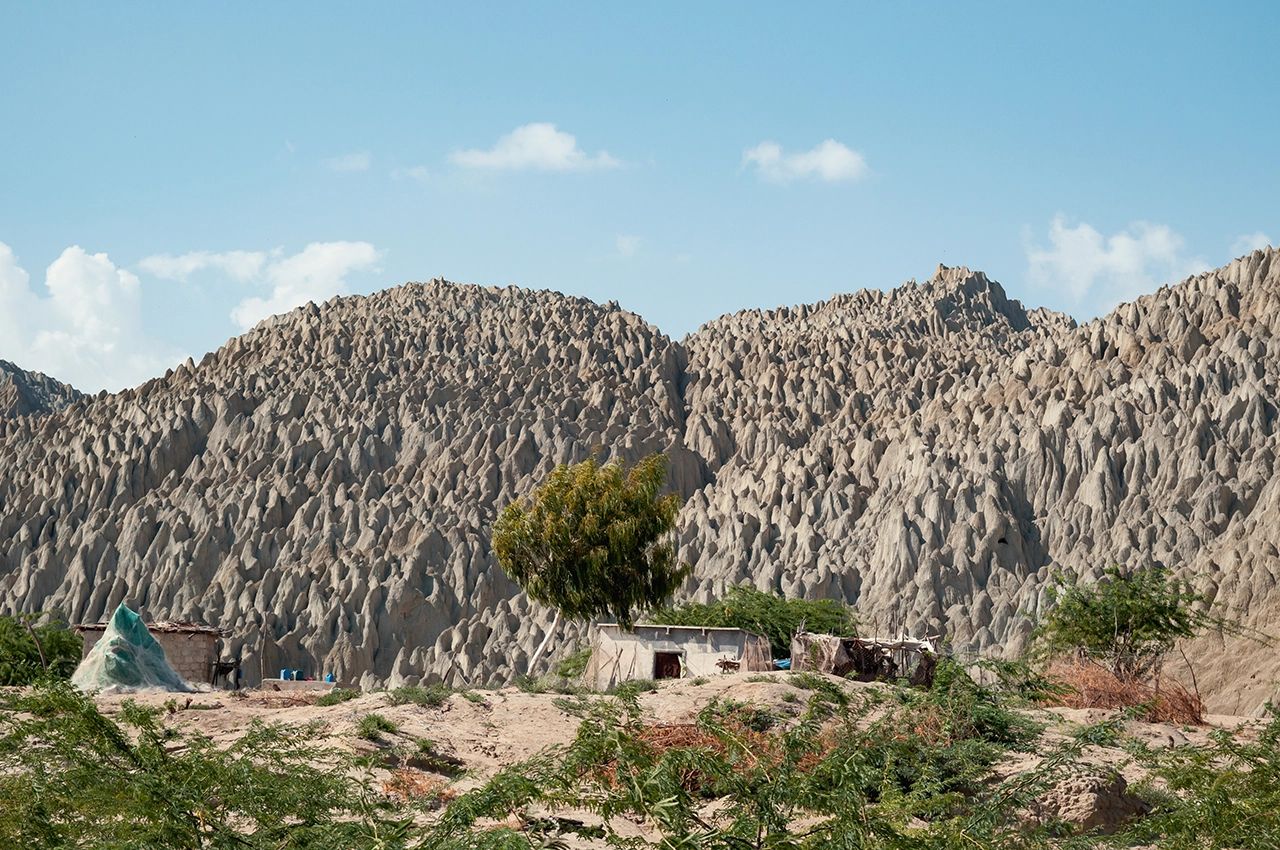Breathtaking Photography by Syed Noor Hussain captures the raw essence of nature in its most untouched and awe-inspiring beauty of the lanscape in Baluchistan.
Hingol National Park offers a rare combination of natural beauty and deep cultural significance, showcasing the timeless bond between religious traditions and the landscapes in which they unfold.
Declared a national park in 1988, Hingol’s terrain ranges from coastal semi-deserts to rugged mountains and distinctive mud rock formations. The park’s namesake, the Hingol River, flows through its landscapes, creating an estuary where it meets the Arabian Sea. Notably, the park features the Chandragup and Khandewari mud volcanoes, which hold both geological and religious importance as stops for Hindu pilgrims on their way to Hinglaj Mata Mandir.
There are a number of cave temple properties inscribed on the World Heritage list, but none quite like Hingol National Park, also known as Hungol National Park. As Pakistan’s largest protected area, covering 6,190 km², it is a unique fusion of natural landscapes and cultural heritage. Located in the Makran coastal region, the park is home to the ancient Hinglaj Mata Mandir, a revered Hindu temple nestled within a cave on the banks of the Hingol River. This Shakti Peetha is believed to be the site where the head of goddess Sati fell, making it a significant pilgrimage destination for Hindus. Local Muslims also honor this sacred site, calling it Nani Mandir, and serve as its caretakers.

The cultural landscape of the temple has developed in direct response to the surrounding environment, with worshippers making their way through rocky outcrops and steep cliffs to perform sacred rituals. The authenticity of the site remains intact, as the temple’s natural setting and simple structure have been preserved for centuries.

Among the most intriguing geological features in Hingol National Park is a rock formation called the Princess of Hope. It resembles a majestic figure of a woman standing tall, gazing into the distant horizon. Hollywood star Angelina Jolie named it during her visit to Pakistan in 2004 on a UN mission. Despite its striking appearance, which seems like a crafted sculpture, this formation was shaped naturally over time by the forces of wind, rain, and erosion.









